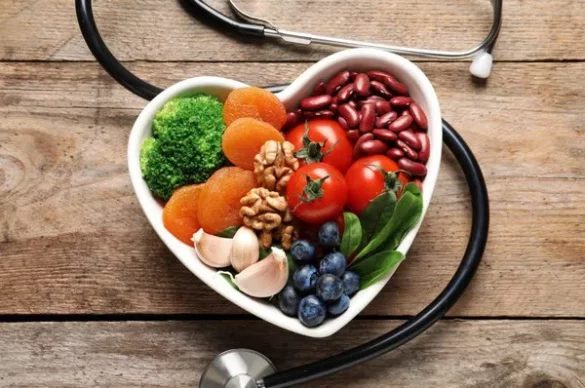The ongoing conflict in Sudan has exacerbated an already dire malnutrition crisis, placing millions of children at risk. Before the conflict started, an alarming 3 million children under the age of 5 were already suffering from acute malnutrition, with 612,000 being severely malnourished. However, as the conflict persists, tens of thousands of displaced families are now facing the grim reality of insufficient food and nutrition.
This dire situation has led to an alarming increase in estimates of acute malnutrition among children under 5, with numbers soaring to 3.4 million, including 690,000 who are severely malnourished. Over 1.5 million people have been displaced due to the ongoing fighting, further limiting access to essential services, including nutritious food, basic healthcare, clean water, and sanitation. Consequently, the nutritional status of children under 5 has deteriorated significantly.
At the Al-Dabbaghah health centre in Gezira state, which is located in the east-central region of Sudan and supported by the European Union (EU), mothers with children are lining up for healthcare services. Many children appear frail and unwell as they undergo screenings for malnutrition using a color-coded tape known as mid-upper arm circumference (MUAC) tape.
During these screenings, health workers, with support from EU humanitarian partner UNICEF, explain the meaning of the three colors on the tape to mothers: green signifies normal, yellow indicates moderate malnutrition, and red represents severe acute malnutrition. Before the conflict, the health facility registered 10-15 cases of malnutrition monthly, but this number has now significantly surged.
One of the affected children is 16-month-old Mona, whose health deteriorated in recent weeks. Her mother, Aisha, explained that Mona had stopped eating food and liquids and was unable to breastfeed as she used to. Aisha, a displaced mother of seven who fled conflict in Khartoum, now finds it nearly impossible to provide three meals a day for her family.
The irregular meals are affecting both the children’s health and Aisha’s own ability to breastfeed, ultimately hindering Mona’s growth.
Despite these challenges, UNICEF is actively providing nutrition services through more than 1,500 nutrition sites across Sudan, offering therapeutic and nutrition supplies, equipment, mass screening support, capacity building, and monitoring activities. While progress has been made, challenges remain, with only 43% of facilities reporting in May.
Health workers like Hannah also conduct nutrition counseling sessions, encouraging mothers to breastfeed their infants and educating them on food combinations using available resources to protect children from malnutrition, especially during these critical times.

